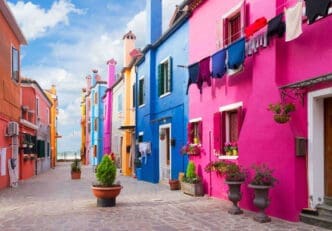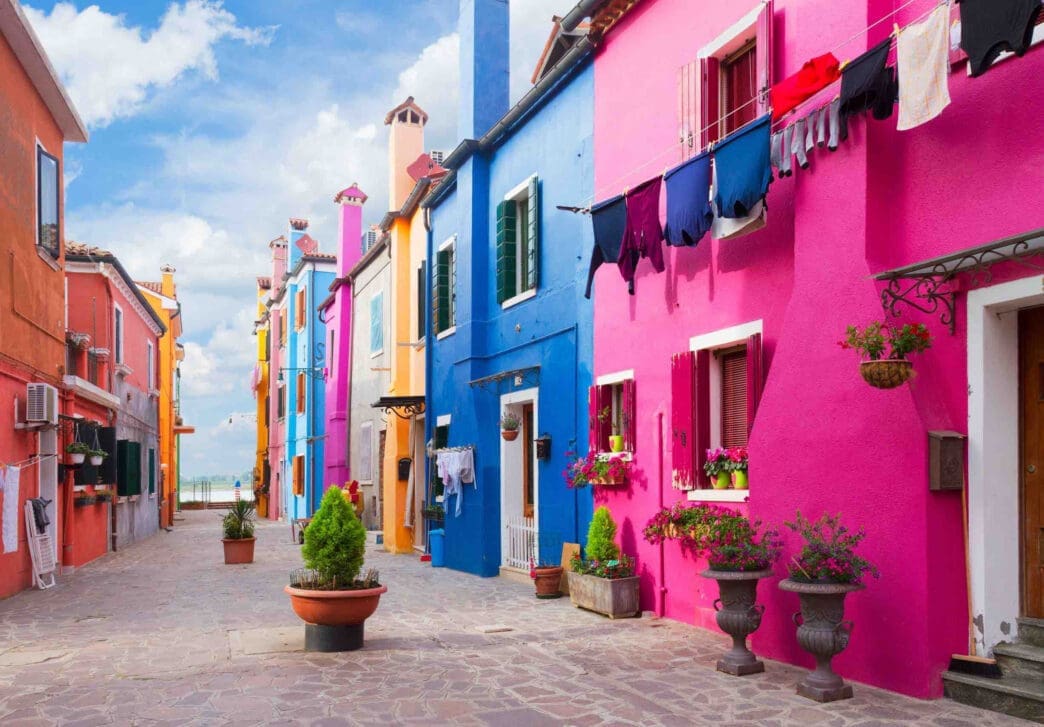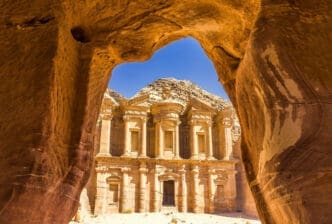Your Essential Overview
- Colorful cities worldwide offer immersive cultural experiences where history, art, and community converge in vibrant urban landscapes.
- The reasons behind a city’s vibrant appearance are diverse, often reflecting historical events, cultural traditions, practical considerations, or symbolic meanings.
- These destinations provide travelers with unique photographic opportunities and a deeper understanding of local identity, creativity, and resilience.
The Destination’s Lore
- The vibrant appearance of cities globally stems from a blend of practical considerations, such as aiding visibility or climate control, alongside deep-rooted cultural and historical traditions that often carry symbolic meanings, reflecting community identity, status, or spiritual beliefs.
Making the Trip Yours
- Colorful cities worldwide offer travelers a unique and immersive cultural experience, moving beyond mere aesthetics to reveal deep historical narratives, local traditions, and community spirit. These vibrant urban landscapes serve not only as powerful symbols of cultural identity and resilience but also attract millions of tourists, fostering a global appreciation for the intersection of art, history, and everyday life.
Perspectives from the Road
- Travelers and visitors are drawn to colorful cities for their aesthetic beauty, the unique cultural and historical stories they tell, the uplifting energy they provide, and the unparalleled photographic opportunities they offer.
- Local communities and residents often paint their homes in vibrant hues due to deep-seated cultural traditions, historical events, practical considerations such as visibility for fishermen or climate control, or as expressions of identity and freedom, with some color schemes even being government-mandated to preserve heritage.
For the wanderlust-stricken traveler, few sights ignite the imagination quite like a city awash in a kaleidoscope of hues. These vibrant urban landscapes, found across every continent, beckon with their unique charm, offering an immersive cultural experience that transcends mere sightseeing. From the pastel-laden streets of the Caribbean to the intensely painted facades of South America, these colorful cities are destinations where history, art, and community spirit converge, promising unforgettable photographic opportunities and a deep dive into local identity for anyone seeking their next breathtaking adventure.
The Allure of Technicolor Towns
The human eye is naturally drawn to color, and cities that embrace a vibrant palette often leave an indelible mark on visitors. This isn’t merely an aesthetic choice; the colors frequently tell a story, reflecting historical events, cultural traditions, or even practical considerations like material availability. Exploring these cities is akin to stepping into a living painting, where every turn reveals a new shade and a fresh perspective.
Beyond their visual appeal, colorful cities often possess a palpable energy. The brightness can uplift spirits, encourage creativity, and foster a sense of joy among residents and visitors alike. This inherent cheerfulness is a significant part of their global appeal, drawing millions who wish to experience this unique blend of beauty and vibrancy.
Decoding the Spectrum: Why Cities Get Colorful
The reasons behind a city’s vibrant appearance are as diverse as the colors themselves. In some cases, it’s a matter of practicality, such as fishermen painting their houses brightly to spot them from the sea. In others, it’s a deep-seated cultural tradition, passed down through generations. Environmental factors, like a desire to reflect sunlight in hot climates or to brighten grey skies, can also play a role.
Often, the color choices are deeply symbolic. Blue might represent the sea or ward off evil, while red could signify prosperity or passion. Understanding these underlying meanings enriches the travel experience, transforming a simple observation into a cultural insight. Street art, murals, and public installations also contribute significantly to a city’s chromatic identity, adding contemporary layers to historical palettes.
Spotlight: A World Tour of Vibrant Destinations
Across the globe, numerous cities have become renowned for their striking use of color, each offering a distinct flavor and narrative.
Burano, Italy: The Fisherman’s Canvas
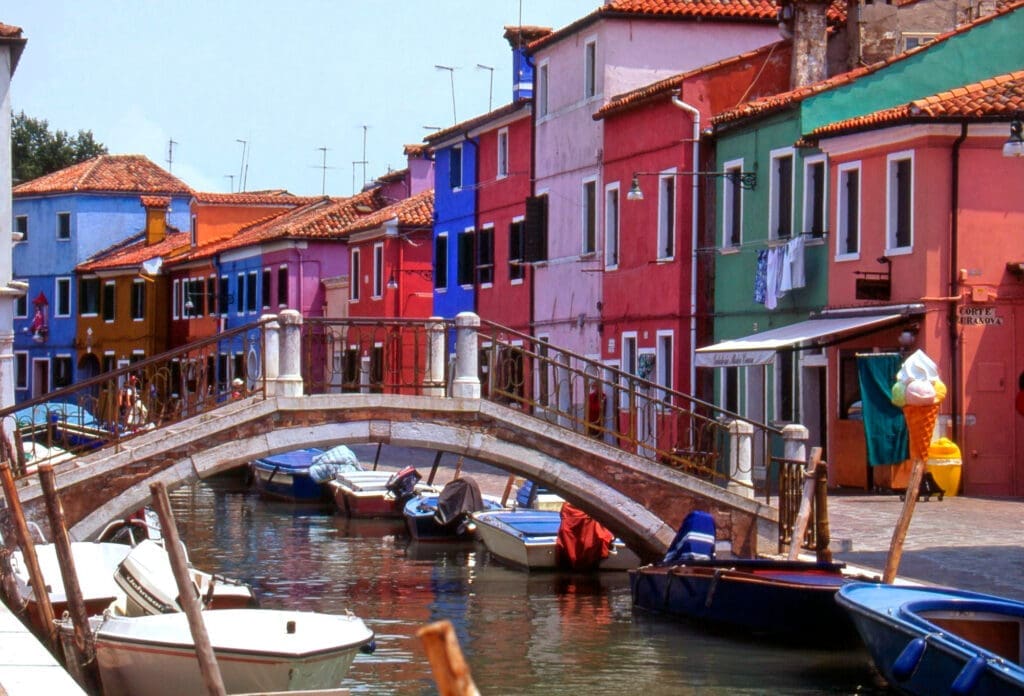
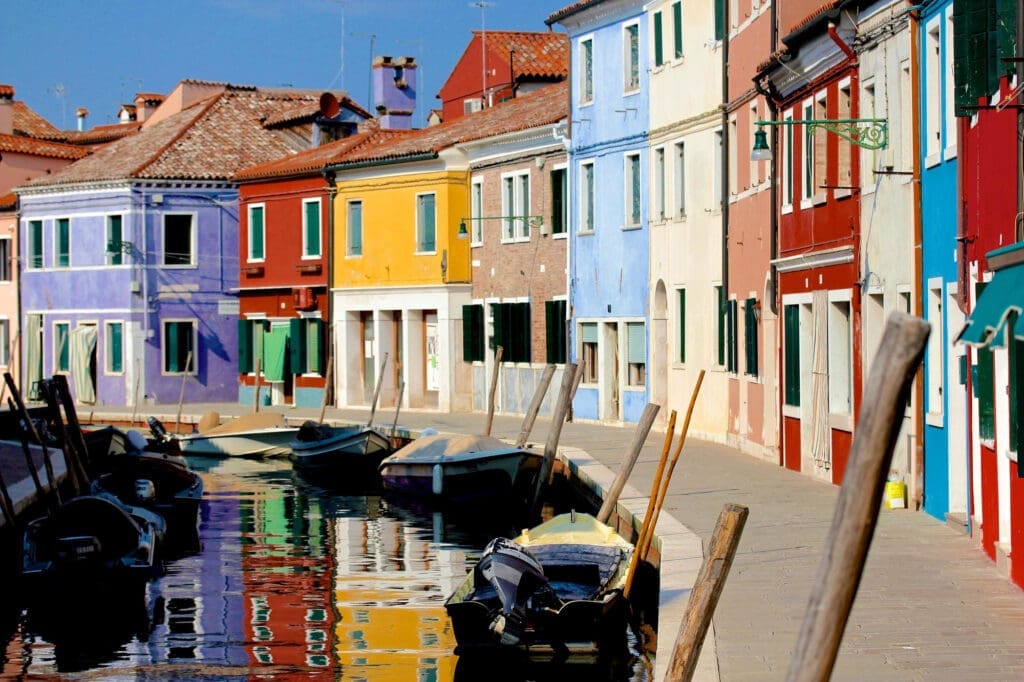
Just a short ferry ride from Venice, Burano is an island village famous for its impossibly bright houses. Legend has it that fishermen painted their homes in vivid hues so they could see them through the thick fog of the lagoon. Today, a strict government-mandated color scheme ensures the tradition continues, creating a picturesque, almost surreal landscape that is a photographer’s dream. Each house has a unique color, and residents must apply to the government to determine the exact shade allowed.
Jodhpur, India: The Blue City’s Majestic Charm
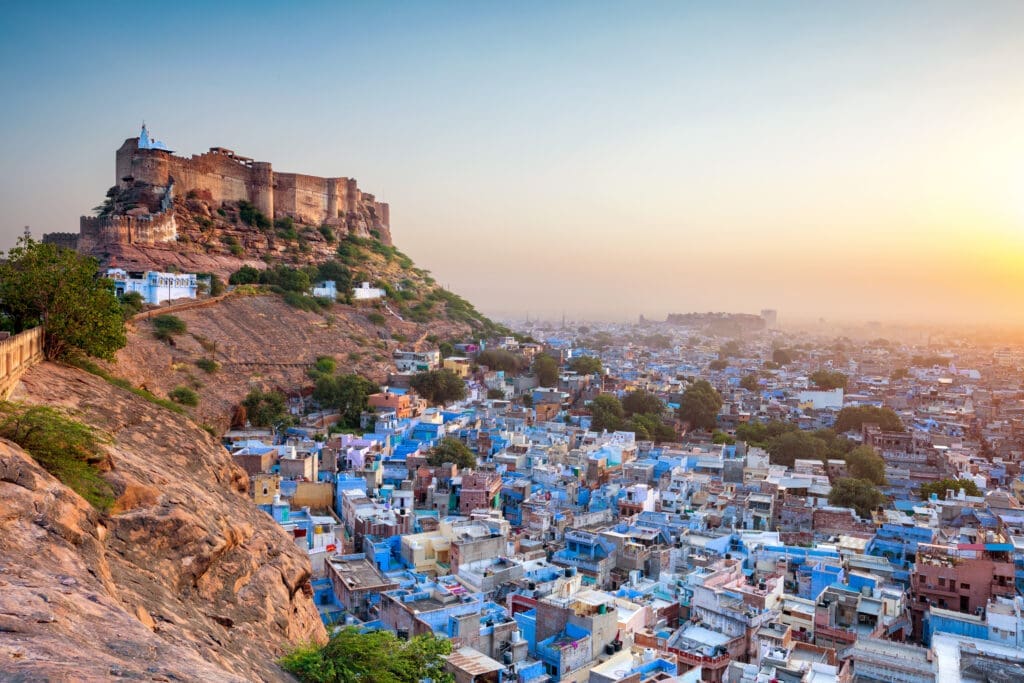
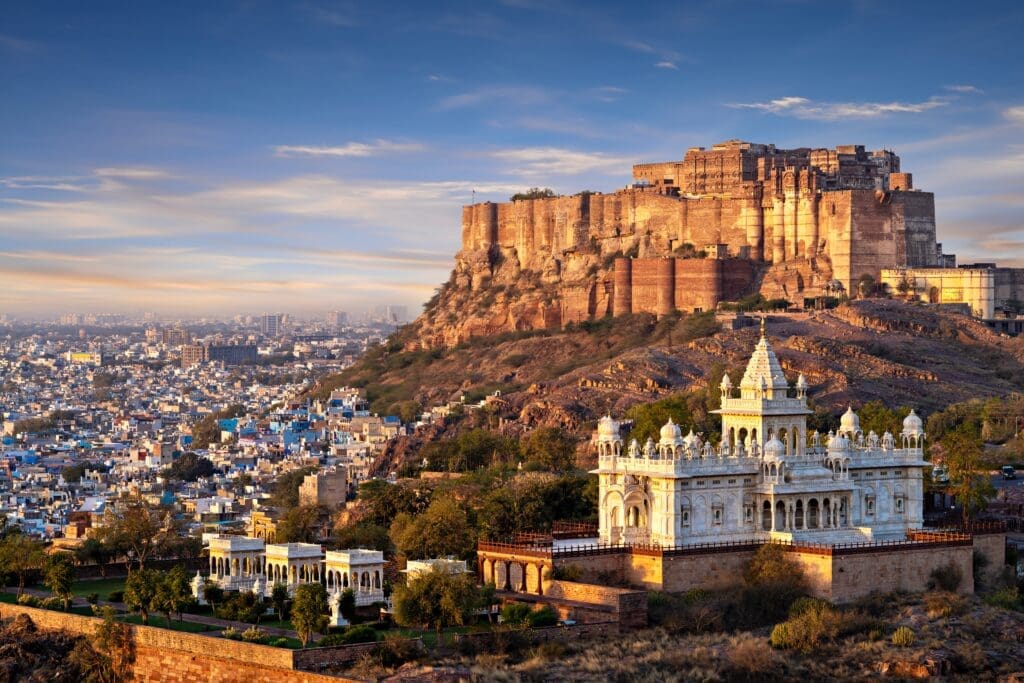
Nestled in the Thar Desert, Jodhpur is instantly recognizable by its sea of indigo buildings that cascade down from the magnificent Mehrangarh Fort. The distinctive blue was traditionally associated with Brahmins, India’s priestly caste, signifying their status. Over time, the practice spread, and it’s also believed the blue paint helps keep homes cool and deters insects. Walking through its labyrinthine streets feels like stepping into a historical fairytale.
Guanajuato, Mexico: A Rainbow in the Mountains
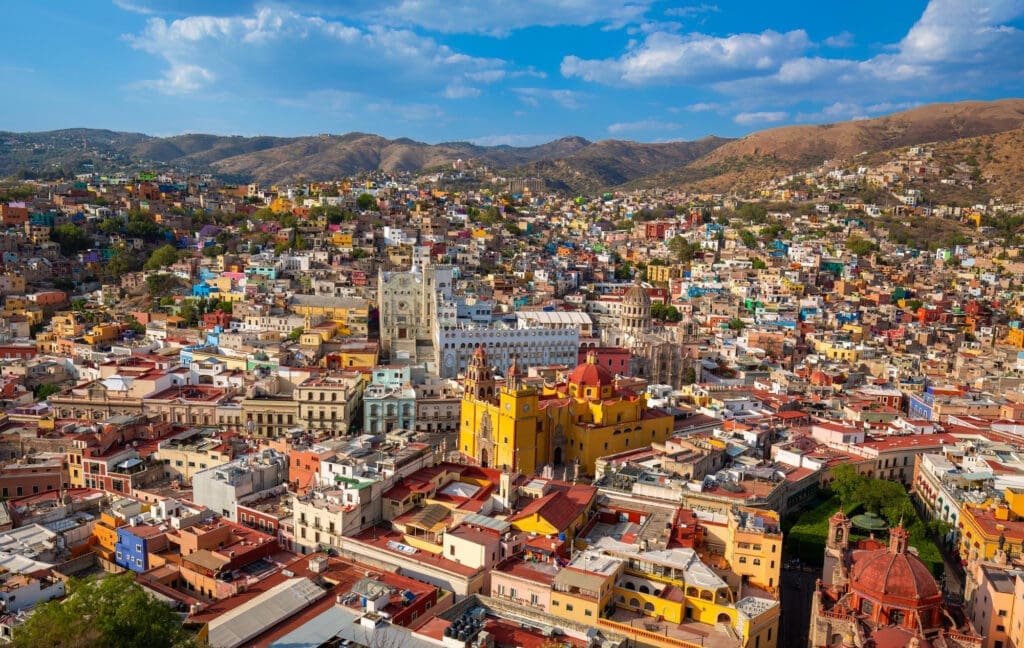
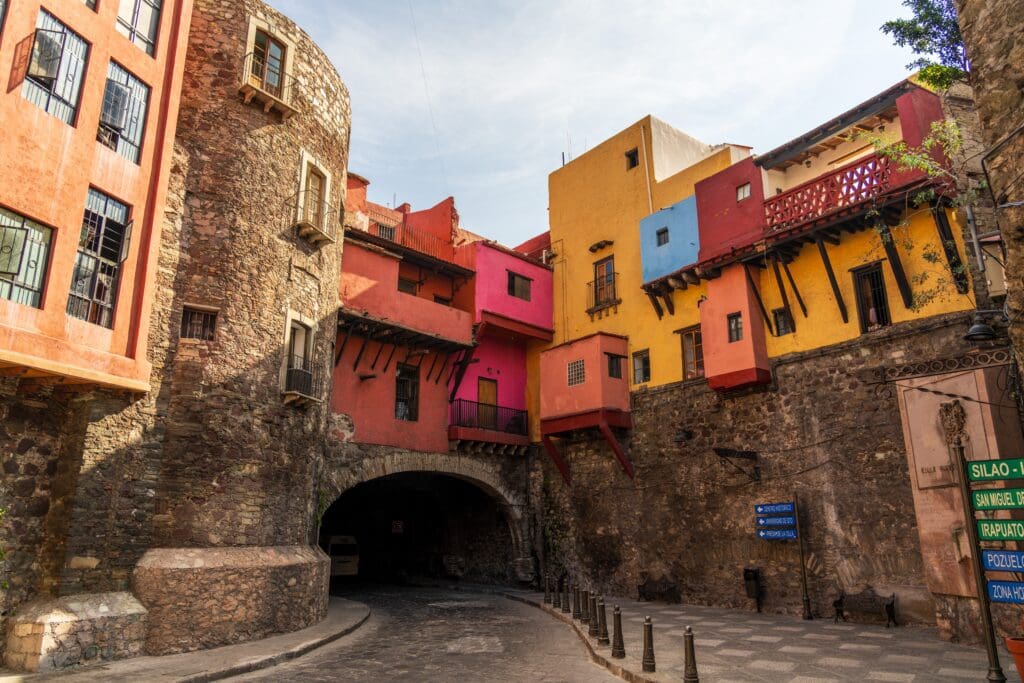
A UNESCO World Heritage site, Guanajuato is a colonial gem cradled in a narrow valley. Its brightly painted houses cling to the hillsides, creating a stunning panorama of reds, yellows, greens, and blues. The city’s charming alleyways, underground tunnels, and baroque architecture are made even more enchanting by this riot of color. Its vibrant atmosphere is further enhanced by its rich history, artistic legacy, and lively festivals.
Valparaíso, Chile: The Bohemian Port
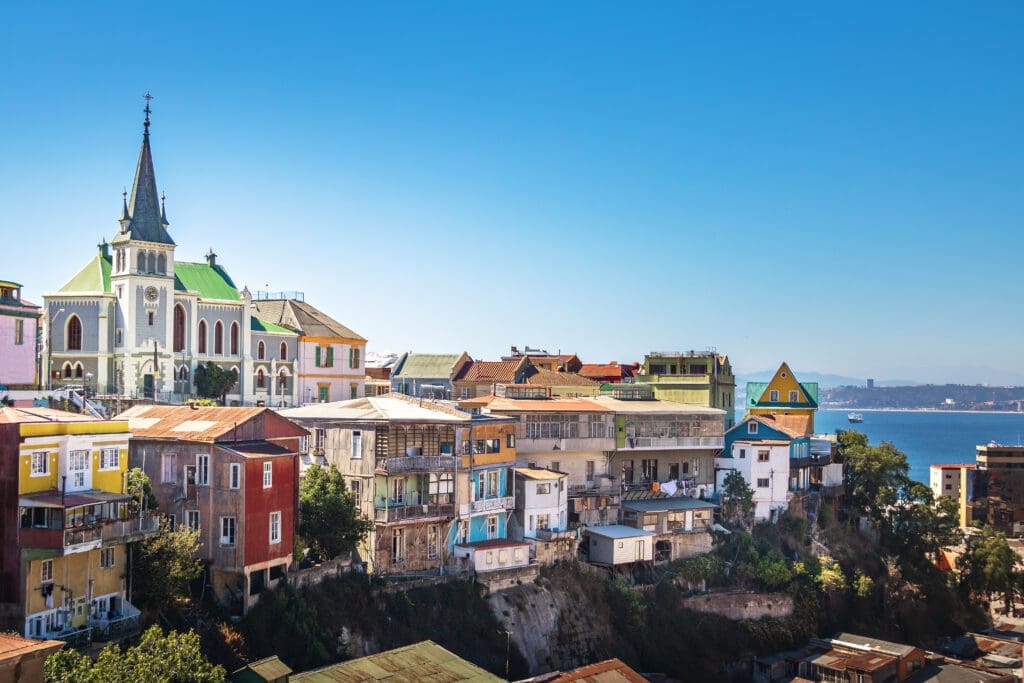
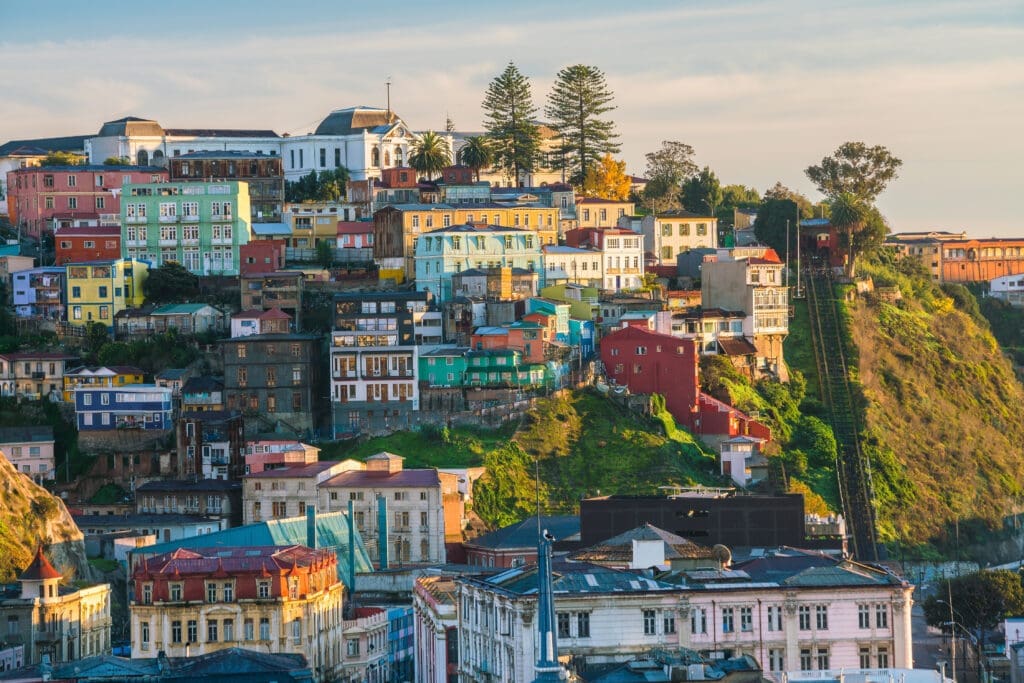
Known affectionately as “Valpo,” this Pacific port city is a bohemian paradise painted in every color imaginable. Its hillsides are covered with ramshackle houses, street art, and murals, all connected by a series of historic ascensores (funiculars). Valparaíso’s chaotic beauty and artistic spirit are infectious, with every corner offering a new visual surprise and a unique perspective on Chilean culture.
Havana, Cuba: Faded Grandeur and Pastel Hues
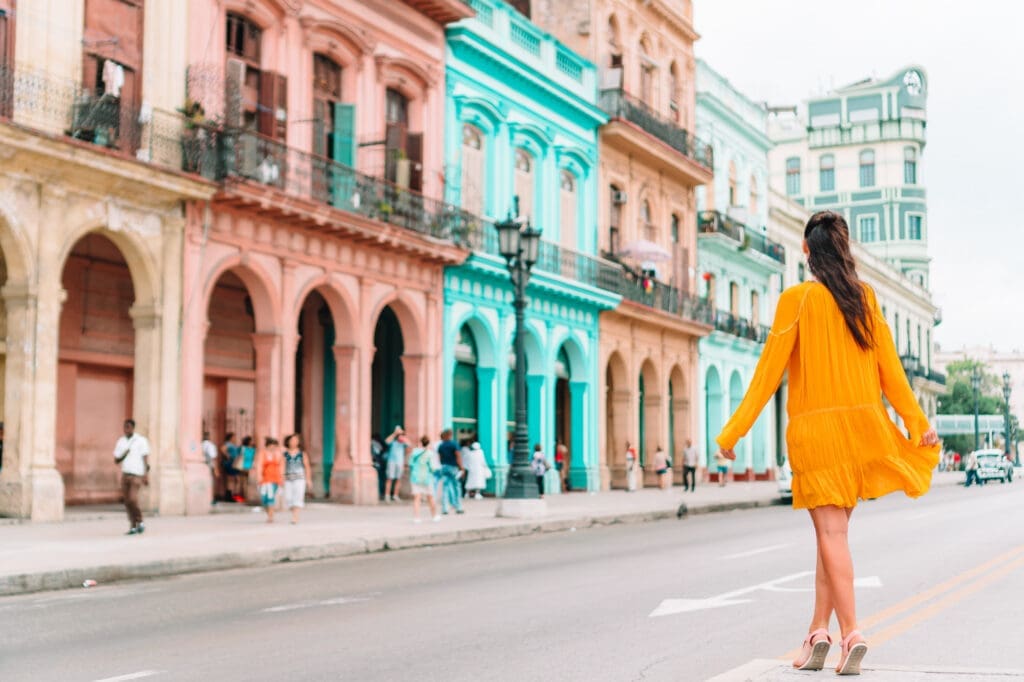
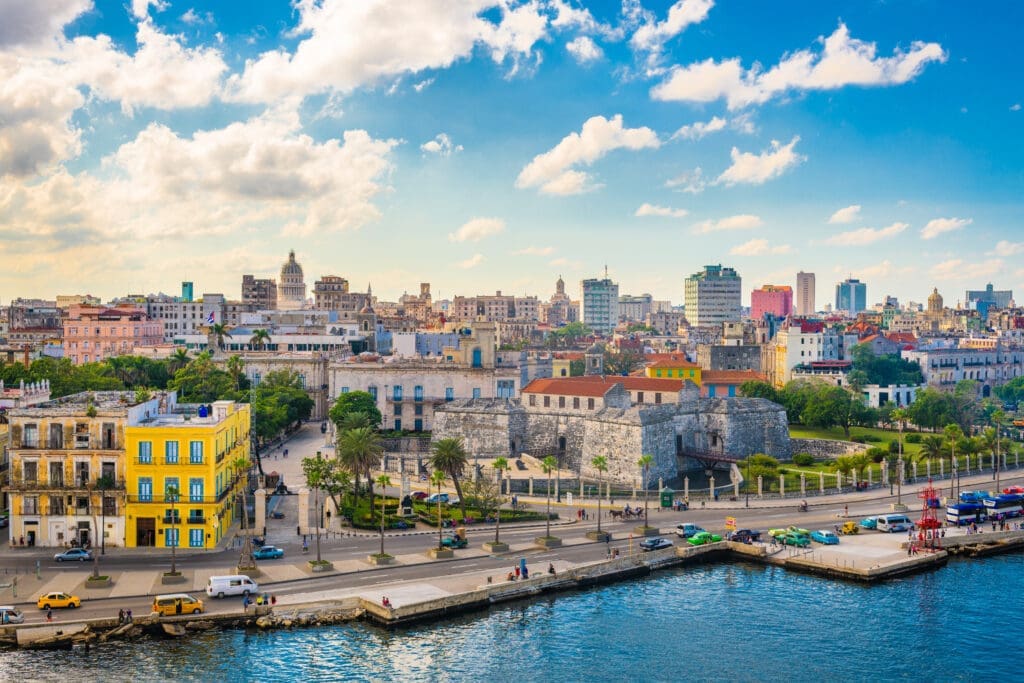
Havana’s charm lies in its elegant, though often faded, colonial architecture painted in a spectrum of pastel pinks, blues, greens, and yellows. The vibrant colors of its buildings, coupled with the iconic classic cars that cruise its streets, create a timeless and incredibly photogenic atmosphere. The city’s colors speak to its resilience, history, and the vibrant spirit of its people.
Bo-Kaap, Cape Town, South Africa: A Cultural Kaleidoscope
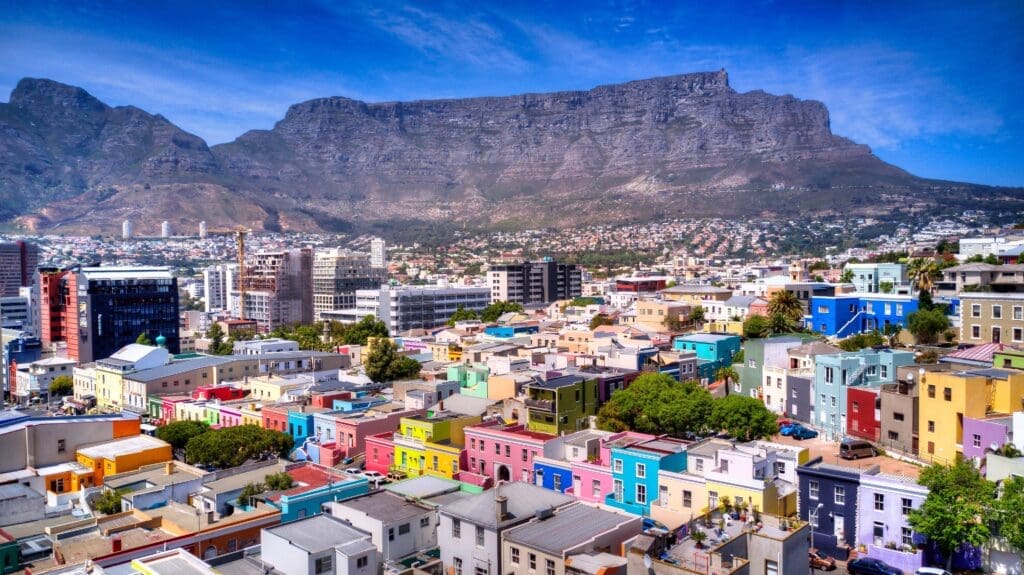
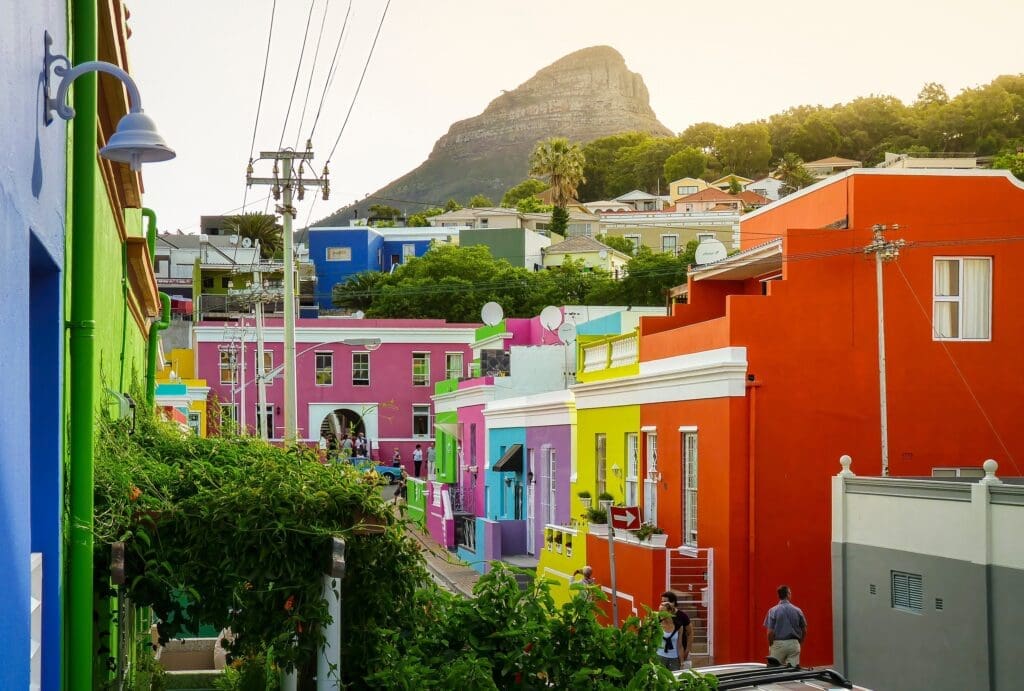
Located at the foot of Signal Hill, Bo-Kaap is a historically significant neighborhood renowned for its brightly painted homes and cobblestone streets. This area, traditionally home to the Cape Malay community, bursts with vivid pinks, oranges, blues, and greens. The tradition of painting houses in bright colors is said to have originated when slaves were allowed to own their homes, expressing their freedom through color. It’s a powerful symbol of cultural identity and resilience.
Chefchaouen, Morocco: The Blue Pearl
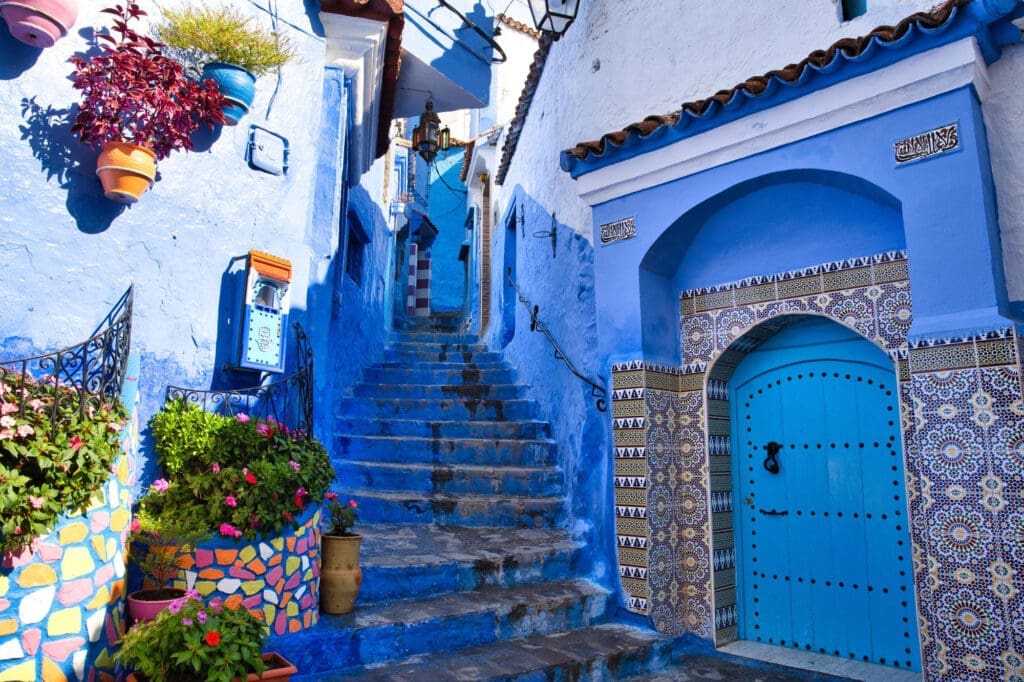
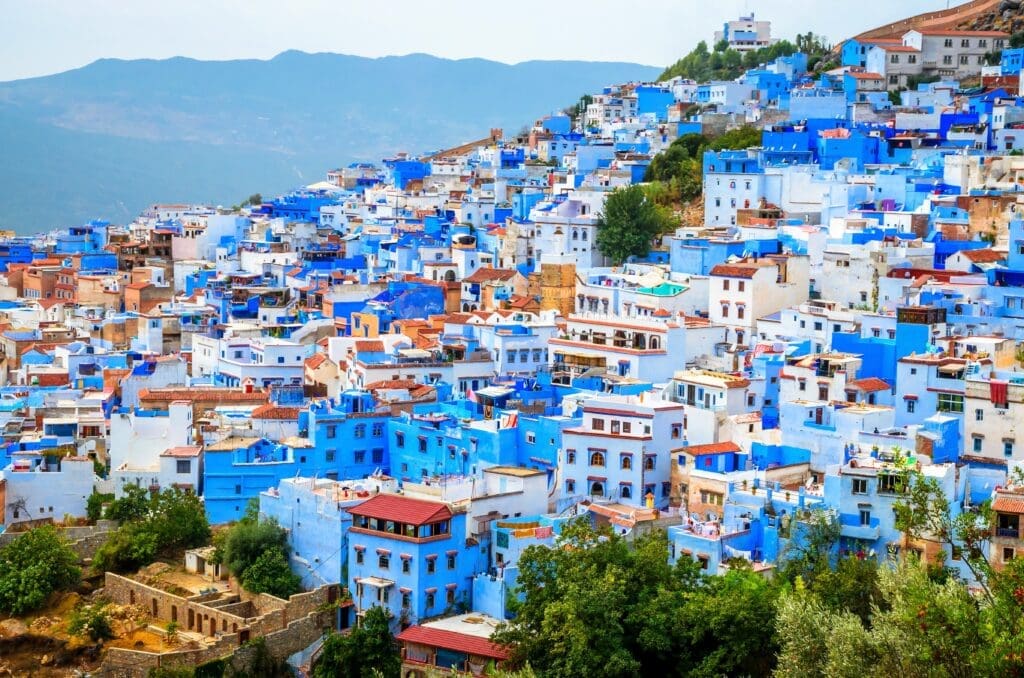
Tucked away in the Rif Mountains, Chefchaouen is famous for its mesmerizing blue-washed buildings. The city’s signature hue is said to have been introduced by Jewish refugees in the 1930s, symbolizing the sky and heaven, and serving as a reminder to lead a spiritual life. Walking through its narrow, winding streets feels like an otherworldly experience, a calming oasis of blue against the rugged mountain landscape.
Planning Your Colorful City Escape
When planning a trip to one of these vibrant destinations, consider a few key aspects to maximize your experience.
Best Time to Visit
Research the local climate and peak tourist seasons. Good weather ensures comfortable exploration, and visiting during a local festival can amplify the city’s lively atmosphere and color. However, be mindful of potential crowds.
Photography Tips
These cities are a photographer’s dream. Experiment with different times of day for varying light – golden hour for warm glows, midday for vibrant contrasts. Look for unique angles, reflections, and interactions between people and the colorful backdrops. Don’t forget to capture the details, not just the grand vistas.
Embracing Local Culture
Beyond the visual spectacle, immerse yourself in the local culture. Try the cuisine, listen to the music, interact with residents, and learn about the stories behind the colors. Many of these cities are living museums of history and tradition.
The Lasting Impression of Color
Colorful cities offer more than just pretty facades; they provide a deeper understanding of a place’s soul. They are testaments to human creativity, resilience, and the universal desire to express identity. From the deliberate artistic statements of street artists to the centuries-old traditions of community painting, these destinations remind us that color is a powerful language, speaking volumes about culture, history, and the sheer joy of living. For any traveler seeking inspiration and a truly unforgettable visual journey, the world’s most colorful cities stand ready to dazzle and delight.

